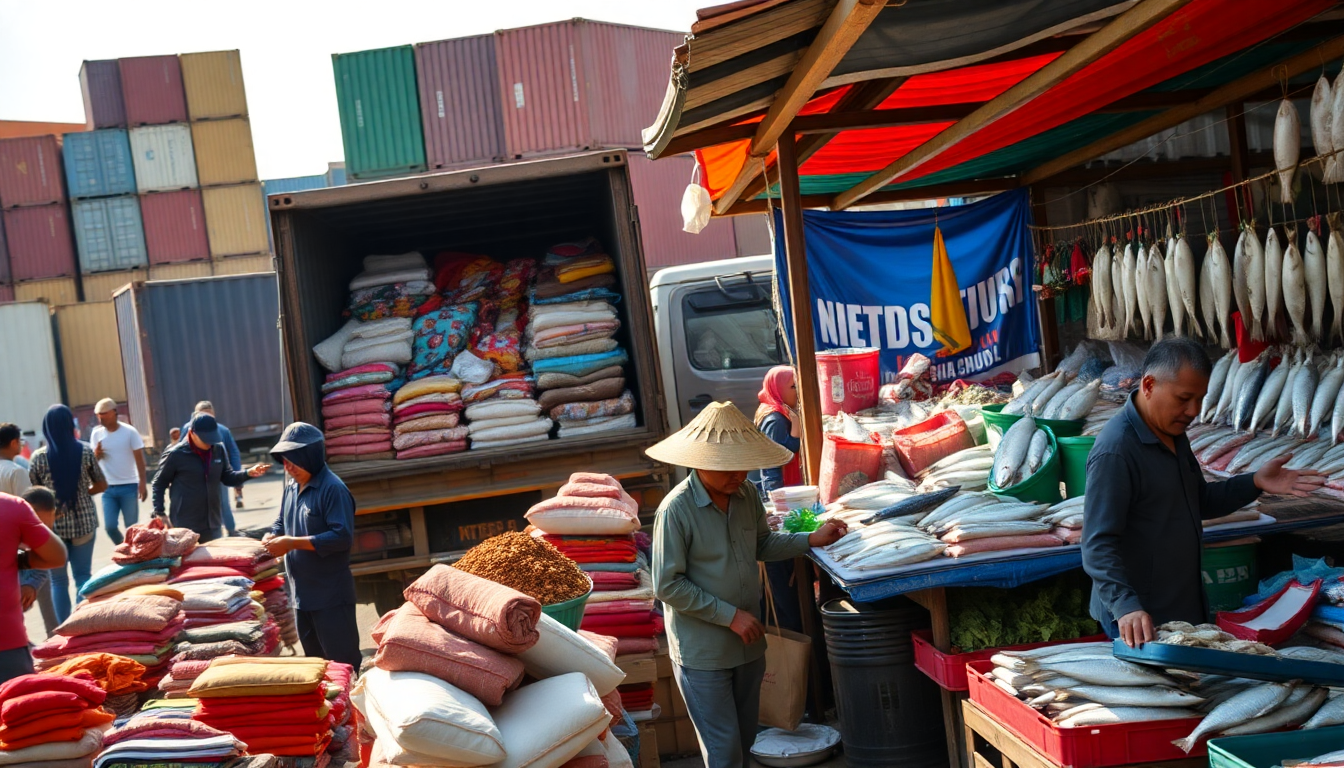Table of Contents
Have you heard about the recent move by the United States to impose tariffs on imports? It’s sending shockwaves throughout Southeast Asia. President Donald Trump has warned of a hefty 40 percent duty on goods that are redirected through Vietnam, and this could dramatically reshape trade relationships in the region. So, what does this mean for Vietnam and its neighbors, especially when it comes to dealing with China?
Understanding the Tariff Landscape
The U.S. government is taking a hard line on imports from Vietnam, and it’s all part of a broader strategy to address perceived trade imbalances. The proposed 40 percent tariff on goods rerouted through Vietnam is a game-changer, especially since it doubles the existing 20 percent tax on products manufactured directly in the country. This isn’t just about numbers; it reflects a larger narrative surrounding trade policy and national economic priorities that have defined the current U.S. administration.
In light of these developments, Dong He, the chief economist at the Asean+3 Macroeconomic Research Office, has stressed the necessity of verifying product origins. This isn’t just a compliance issue; it’s a way to protect local economies from the fallout of changing international trade policies. Southeast Asian countries are now encouraged to strengthen their regulatory frameworks to better manage goods flow and ensure transparency in trade practices. Isn’t it fascinating how interconnected our global economies are?
The Role of China and Regional Integration
Now, let’s talk about China. As a significant trading partner for many Southeast Asian countries, it has its own challenges to contend with due to U.S. tariffs. With an average tariff rate of 42 percent on imports from China, businesses are being pushed to adapt. What’s the answer? Greater integration with local markets. By embedding themselves in these economies, Chinese businesses can shield themselves from unpredictable tariffs while nurturing long-term relationships within ASEAN.
This focus on local collaboration not only fosters resilience against external shocks but also leads to more stable cash flows and better positioning in the market. How smart is that? As the economic landscape shifts, it’s essential for Chinese firms to embrace these local partnerships and investment opportunities.
Implications for Businesses and Future Outlook
The current trade dynamics are a wake-up call for businesses in Southeast Asia to remain agile and forward-thinking. The looming threat of increased tariffs serves as a reminder of how unpredictable international trade can be. Companies need to navigate these waters by diversifying their supply chains and exploring new markets. Long-term planning is no longer optional; it’s a necessity as businesses reevaluate their roles in this increasingly complex economic environment.
Looking ahead, the medium-term forecast suggests that regional economies will go through a period of adjustment as they adapt to the new tariff landscape. Businesses that take the initiative to engage in strategic planning and invest in local partnerships are likely to come out on top. Resilience and adaptability will be key as Southeast Asia continues to evolve in the global market. Are you ready for these changes?


